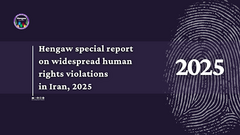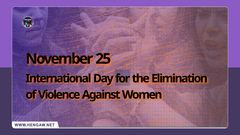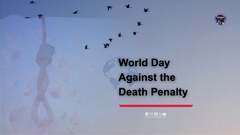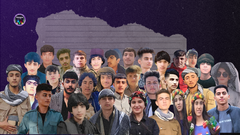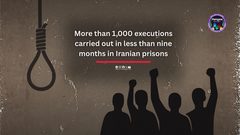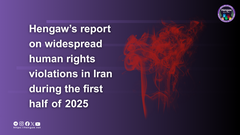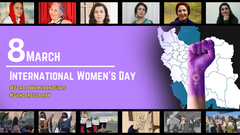International Mine Awareness Day: Hengaw’s Statistical Report on Mine Explosion Victims in Iran Over the Past Year
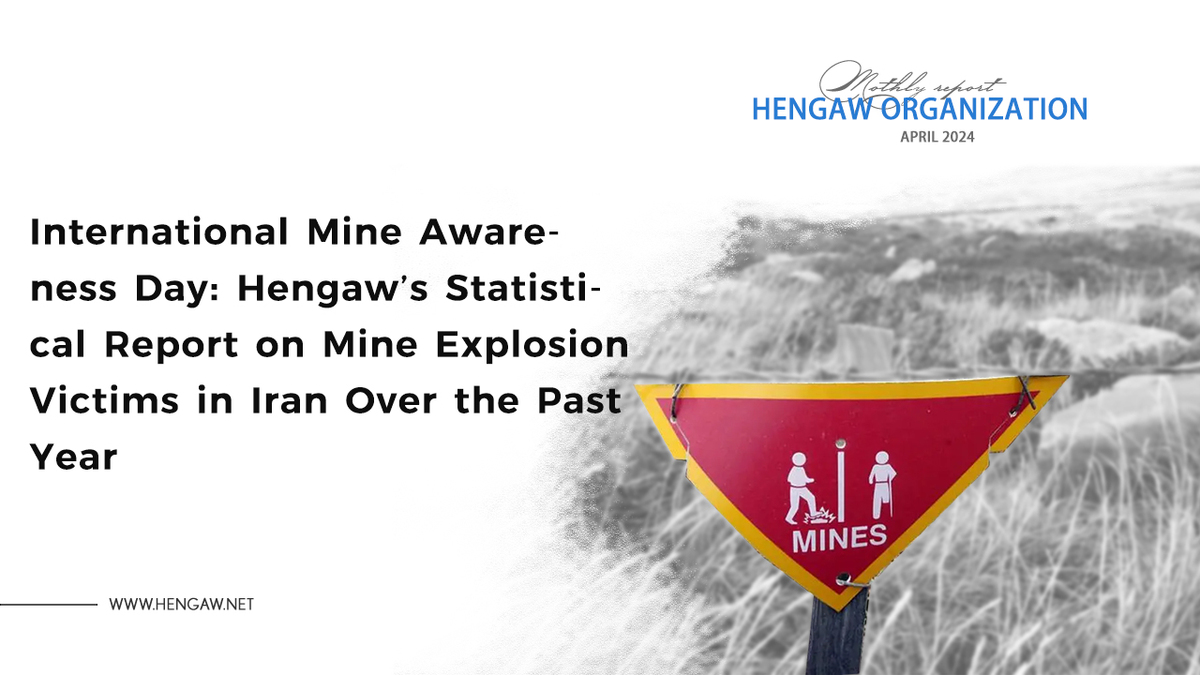
Hengaw: Thursday, April 4, 2024
The United Nations General Assembly has designated April 4 as the "International Day for Mine Awareness and Assistance in Mine Action" to raise awareness about the dangers of unexploded ordnance and mine-contaminated areas. In line with this, the Hengaw Organization for Human Rights has compiled a statistical report on landmine victims over the past year, spanning from April 4, 2023, to April 3, 2024.
Despite the passage of time since the Iran-Iraq war and the efforts to clear mines, explosions from leftover mines and recent plantings by the Islamic Revolutionary Guard Corps continue to harm civilians in Iran. The statistics reveal that at least 52 individuals fell victim to mine explosions during this period.
Women and children accounted for over 17% of the victims, emphasizing the indiscriminate nature of these explosions. Moreover, a staggering 57.5% of the victims were Kurdish.
The data compiled by the Hengaw Organization highlights the grim reality of mine explosions, with at least 13 deaths and 39 injuries or amputations recorded in Iran’s border areas over the past year.
The majority of these incidents occurred in the provinces of Ilam, Kermanshah (Kermashan), Kurdistan (Sanandaj), and West Azerbaijan (Urmia), with 30 of them being Kurds and 5 others being Afghan refugees.
Furthermore, the past year witnessed the tragic toll on children and women, with 7 minors under 18 and 2 women falling victim to mine explosions. Among the child victims, incidents were reported in Sanandaj (2 cases), Baneh, Bukan, Bostan County (Khuzestan Province), and Saravan (Sistan and Balochestan Province). Additionally, mine explosions in Bostan and Mehran led to injuries to two women.
Distribution of casualties by province:
During the previous year, the majority of reported mine victim cases occurred along the borders of Sistan and Balochistan province. Among the casualties, five were Afghan nationals, seven were Sokhtbars (Baloch porters involved in transporting oil across borders), and four were members of the Islamic Revolutionary Guard Corps. Additionally, there were 12 reported cases of mine victims in the province of Ilam, with five of them being Afghan refugees.
• Sistan and Balochestan Province: 13 cases (6 fatalities, 7 injuries)
• Ilam Province: 12 cases (3 fatalities, 9 injuries)
• Kermanshah Province (Kermashan): 11 cases (3 fatalities, 8 injuries)
• Kurdistan Province (Sanandaj): 10 cases (all injuries)
• Khuzestan Province: 4 cases (1 fatality, 3 injuries)
• West Azerbaijan Province (Urmia): 2 cases (both injuries)
Examining the socioeconomic impact:
In the past year, the majority of the 19 reported cases involved ordinary civilians as victims. Furthermore, mine explosions resulted in the deaths of 18 laborers and Kolbars.
• Civilians: 19 cases (5 fatalities, 14 injuries)
• Laborers (including Kolbars, Sokhtbars, and shepherds): 18 cases (7 fatalities, 11 injuries)
• Military personnel: 5 cases (1 fatality, 4 injuries)
Hengaw’s research underscores the persistence of old mines from the Iran-Iraq conflict alongside the alarming trend of new mine plantings in the context of confrontation with Kurdish and Baloch opposition parties. This security strategy has contributed to the escalating toll of mine casualties in provinces like Sistan and Balochestan, West Azerbaijan’s Urmia, and Kurdistan (Sanandaj).
While anti-personnel landmines aren't expressly prohibited under customary international law, measures have been devised to mitigate their impact. To safeguard civilians, parties involved in conflicts must maintain maps of minefields and clear these areas either before or during the cessation of hostilities.
Under the Ottawa Convention, states are obligated to refrain from producing, transferring, and stockpiling anti-personnel mines.
